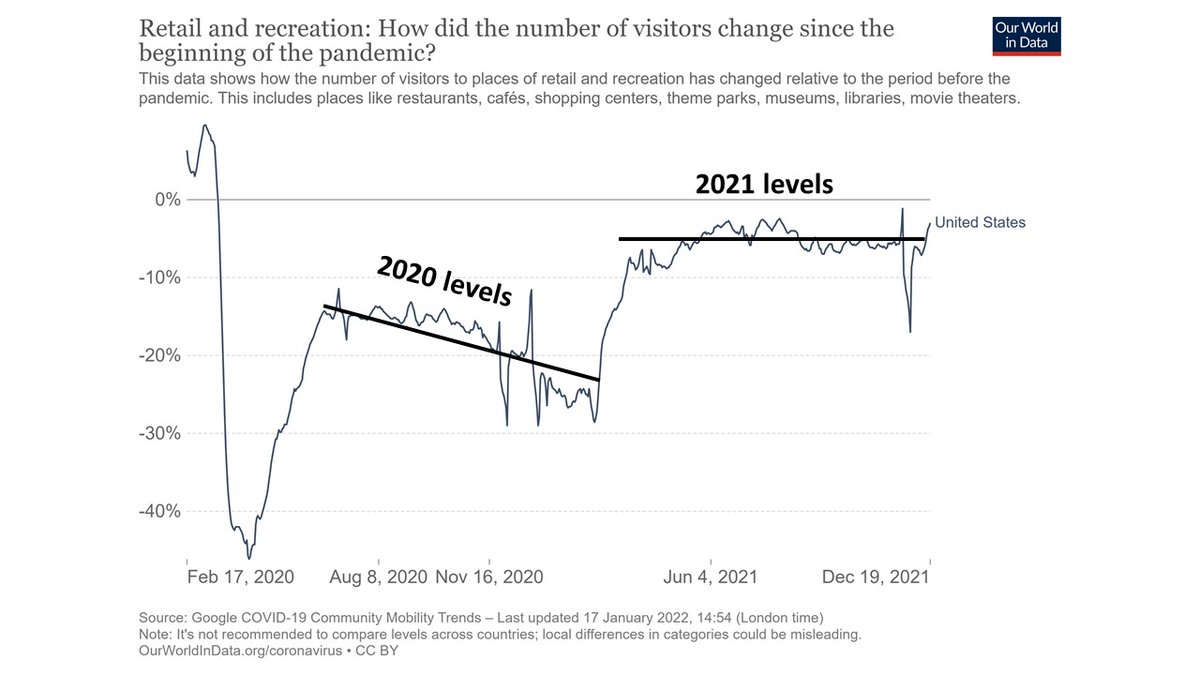A quick thread on 3 challenges I face in balancing roles as the leader of a (scientific) team. I know I'm not alone in feeling this way, but sometimes feel it's worth just writing these thoughts down. It's hard to be both a leader and a human being sometimes...like tonight...
1. Mentor vs example
As a mentor, I want to be as responsive to the needs of team members - meaning a short turnaround for emails, paperwork, manuscript drafts, etc. But as an example to others, I don't want everyone to think "success" requires working 24/7.
As a mentor, I want to be as responsive to the needs of team members - meaning a short turnaround for emails, paperwork, manuscript drafts, etc. But as an example to others, I don't want everyone to think "success" requires working 24/7.
2. Cheerleader vs emotionally open
Positive energy on the team generally starts with me - it's one of the roles of a leader. But when my own emotions dip into a depressive state, I think it's more effective to be open than to bottle those thoughts up. I find it hard to do both.
Positive energy on the team generally starts with me - it's one of the roles of a leader. But when my own emotions dip into a depressive state, I think it's more effective to be open than to bottle those thoughts up. I find it hard to do both.
3. Team vs life
Everyone talks about work-life balance, but I find the calculus different when work involves other team members. It's easy to say I'll prioritize family over work. Harder to say I'll prioritize sleep over writing a grant to help keep team members' jobs intact.
Everyone talks about work-life balance, but I find the calculus different when work involves other team members. It's easy to say I'll prioritize family over work. Harder to say I'll prioritize sleep over writing a grant to help keep team members' jobs intact.
All this to say, it's easy to think there is some perfect ideal, but I see these as real tradeoffs, and ones that I find hard to get right. Not to mention maintaining balance over time as team members grow and new people are added. I can only hope to get better at it with time...
• • •
Missing some Tweet in this thread? You can try to
force a refresh















